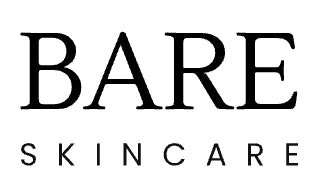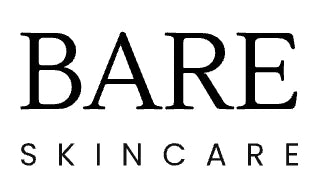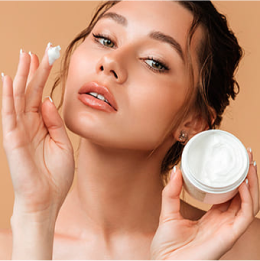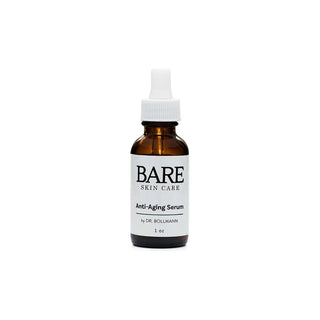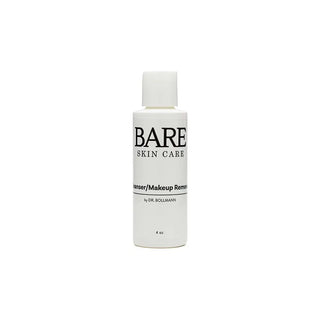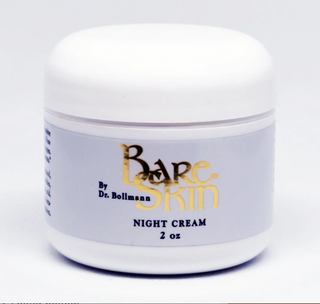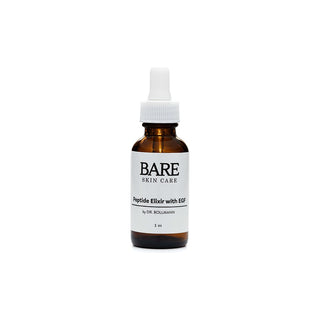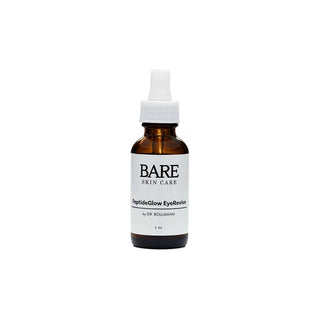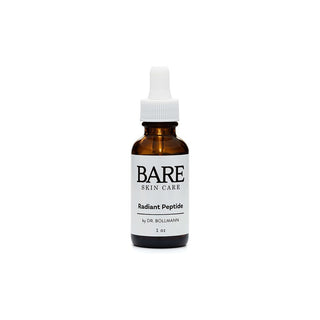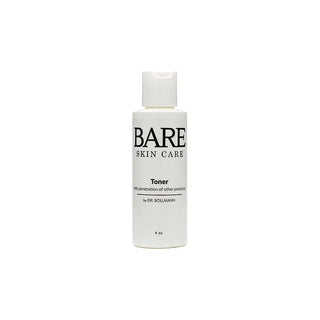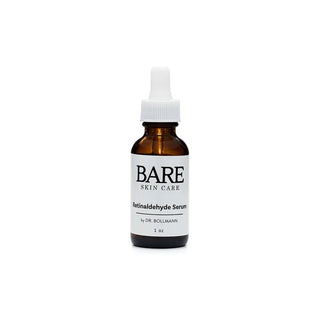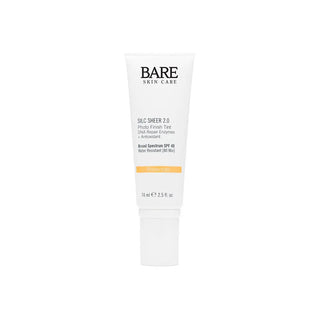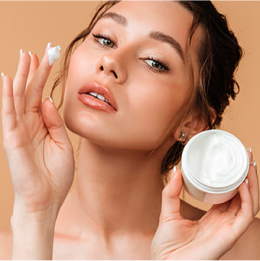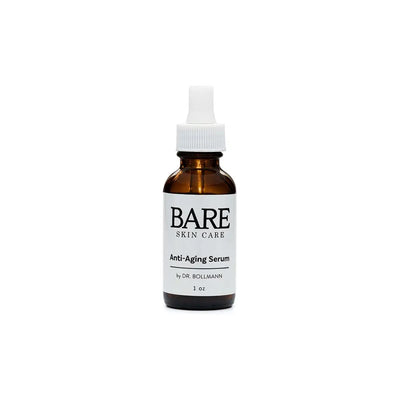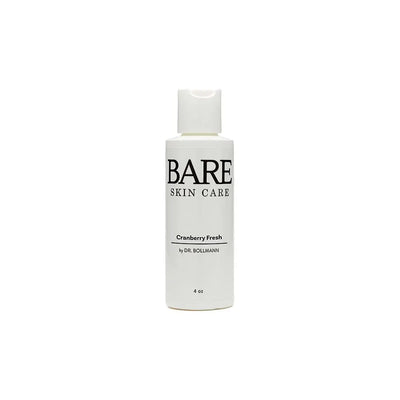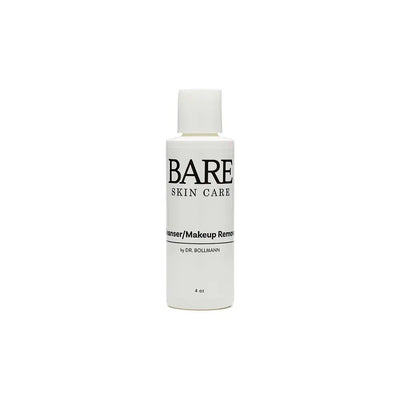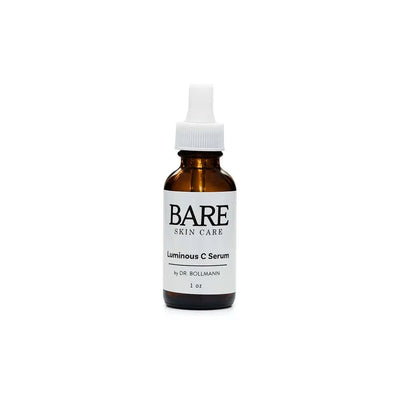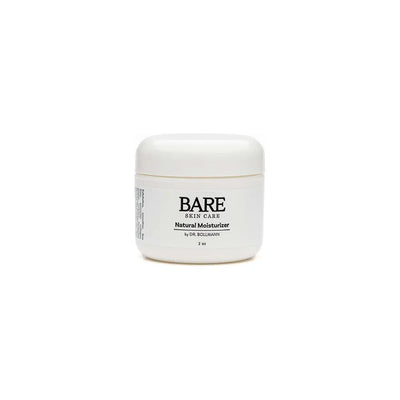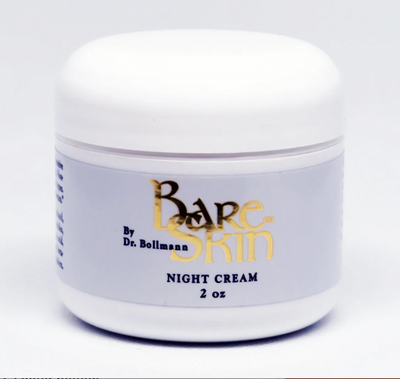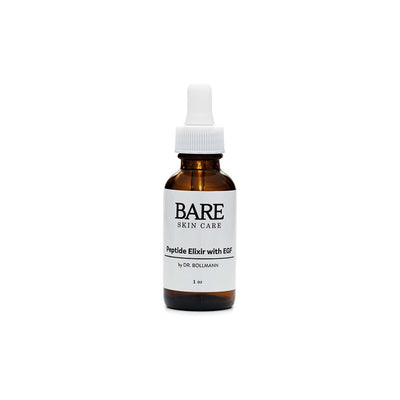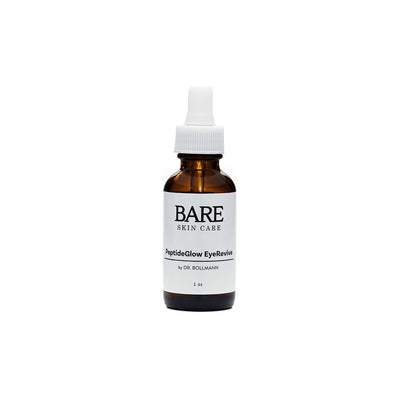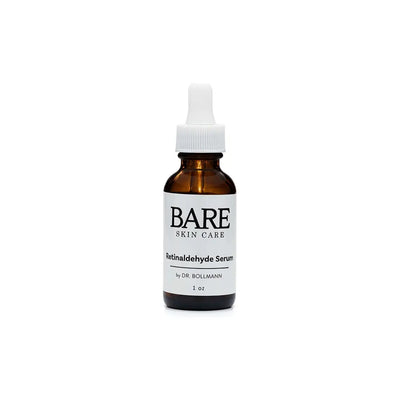 Dr Bollmann, Anti-Aging and Skin Care Specialist
Dr Bollmann, Anti-Aging and Skin Care Specialist
Women lubricate the vagina every 80 minutes during sleep, and men have and erection every 80 minutes during sleep.
The vaginal lubricative fluid contains water, pyridine, squalene, urea, acetic acid, lactic acid, complex alcohols and glycols, ketones, and aldehydes. In addition, glycogen is a major component.
It can vary in consistency, texture, taste, color, and odor, depending on sexual arousal, the phase of the menstrual cycle, the presence of an infection, certain drugs, genetic factors, and diet.
So the answer is no, there is no medical purpose to vaginal secretions than to keep the vagina healthy and lubricated.
Vaginal fluid is slightly acidic and can become more acidic with certain sexually transmitted diseases. The normal pH of vaginal fluid is between 3.8 and 4.5, whereas male semen is typically between 7.2 and 8.0 (a neutral substance has a pH of 7.0).
The microflora of the human vagina has been meticulously scrutinized for over one hundred years, beginning with the Döderlein study of lactobacilli in 1892. The fact that glycogen in shed vaginal epithelial cells is the carbohydrate precursor of vaginal lactic acid, and the basis of vaginal pH, was established as early as 1897.
Vaginal lubrication is a lubricating fluid that is naturally produced in a woman's vagina. Vaginal lubrication or moistness is always present, but production increases significantly during sexual arousal in anticipation of sexual intercourse. Vaginal dryness is the condition in which this lubrication is insufficient, and sometimes artificial lubricants are used to augment it. Without sufficient lubrication, sexual intercourse can be painful to the woman. The vagina has no glands, and therefore must rely on other methods of lubrication. Plasma seepage from vaginal walls due to vascular engorgement is considered to be the chief lubrication source, and the Bartholin's glands, located slightly below and to the left and right of the introitus (opening of the vagina), also secrete mucus to augment vaginal-wall secretions.
It can vary in consistency, texture, taste, color, and odor, depending on sexual arousal, the phase of the menstrual cycle, the presence of an infection, certain drugs, genetic factors, and diet.
Vaginal fluid is slightly acidic and can become more acidic with certain sexually transmitted diseases. The normal pH of vaginal fluid is between 3.8 and 4.5 [whereas male semen is typically between 7.2 and 8.0 (a neutral substance has a pH of 7.0.
The human vagina is innervated by nerves that respond to vasoactive intestinal polypeptide (VIP). As a consequence, VIP induces an increase in vaginal blood flow accompanied by an increase in vaginal lubrication. The findings suggest that VIP may participate in the control of the local physiological changes observed during sexual arousal: genital vasodilation and increase in vaginal lubrication.
The vaginal lubricative fluid contains water, pyridine, squalene, urea, acetic acid, lactic acid, complex alcohols and glycols, ketones, and aldehydes. In addition, glycogen is a major component.
It can vary in consistency, texture, taste, color, and odor, depending on sexual arousal, the phase of the menstrual cycle, the presence of an infection, certain drugs, genetic factors, and diet.
So the answer is no, there is no medical purpose to vaginal secretions than to keep the vagina healthy and lubricated.
Vaginal fluid is slightly acidic and can become more acidic with certain sexually transmitted diseases. The normal pH of vaginal fluid is between 3.8 and 4.5, whereas male semen is typically between 7.2 and 8.0 (a neutral substance has a pH of 7.0).
The microflora of the human vagina has been meticulously scrutinized for over one hundred years, beginning with the Döderlein study of lactobacilli in 1892. The fact that glycogen in shed vaginal epithelial cells is the carbohydrate precursor of vaginal lactic acid, and the basis of vaginal pH, was established as early as 1897.
Vaginal lubrication is a lubricating fluid that is naturally produced in a woman's vagina. Vaginal lubrication or moistness is always present, but production increases significantly during sexual arousal in anticipation of sexual intercourse. Vaginal dryness is the condition in which this lubrication is insufficient, and sometimes artificial lubricants are used to augment it. Without sufficient lubrication, sexual intercourse can be painful to the woman. The vagina has no glands, and therefore must rely on other methods of lubrication. Plasma seepage from vaginal walls due to vascular engorgement is considered to be the chief lubrication source, and the Bartholin's glands, located slightly below and to the left and right of the introitus (opening of the vagina), also secrete mucus to augment vaginal-wall secretions.
It can vary in consistency, texture, taste, color, and odor, depending on sexual arousal, the phase of the menstrual cycle, the presence of an infection, certain drugs, genetic factors, and diet.
Vaginal fluid is slightly acidic and can become more acidic with certain sexually transmitted diseases. The normal pH of vaginal fluid is between 3.8 and 4.5 [whereas male semen is typically between 7.2 and 8.0 (a neutral substance has a pH of 7.0.
The human vagina is innervated by nerves that respond to vasoactive intestinal polypeptide (VIP). As a consequence, VIP induces an increase in vaginal blood flow accompanied by an increase in vaginal lubrication. The findings suggest that VIP may participate in the control of the local physiological changes observed during sexual arousal: genital vasodilation and increase in vaginal lubrication.







